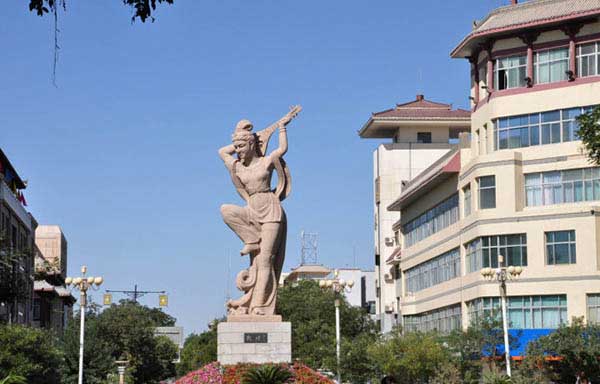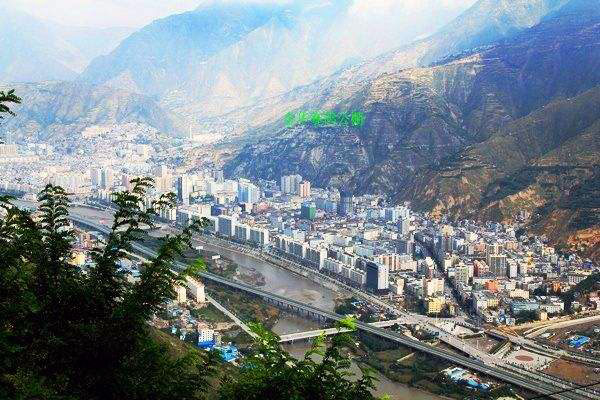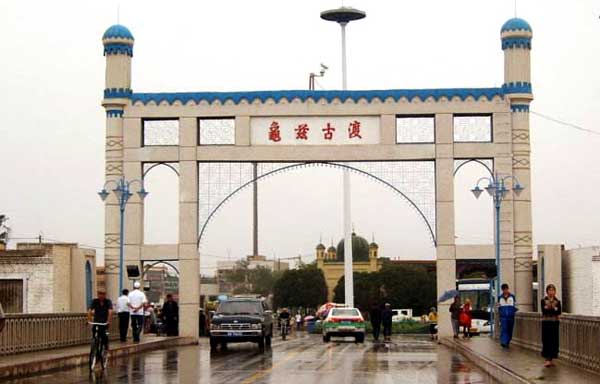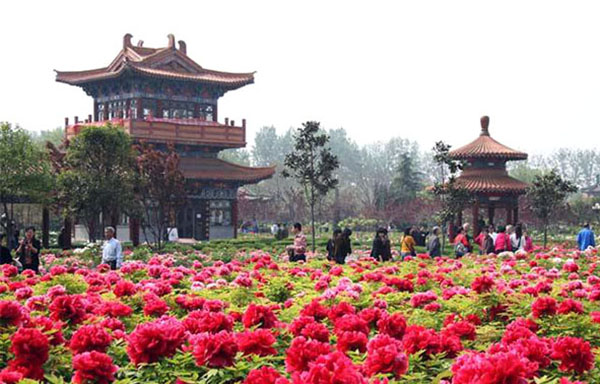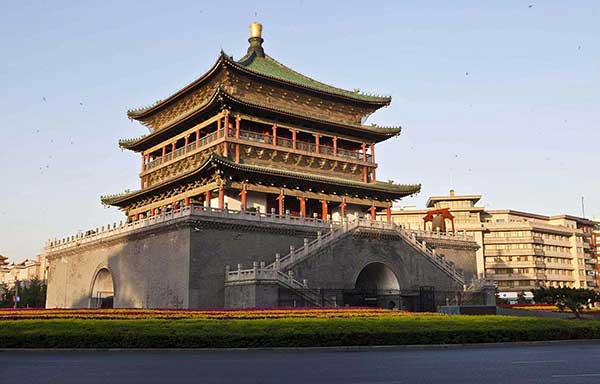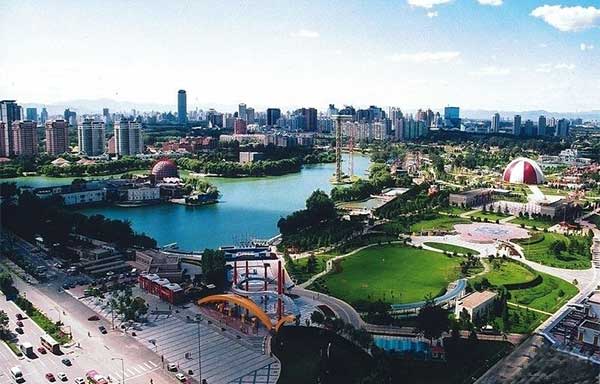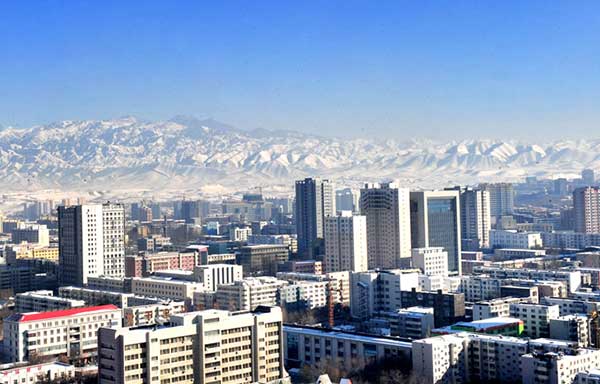- By admin
- In SilkRoadNews
- 2019-04-17
Unique Turpan in 1980s from eyes of Japanese tourists

In Turpan in 1983, a group of Japanese tourists dressed in fashion and walked on the streets. Wearing a cool hat and carrying a camera. They used to live in the island life. It is undoubtedly full of curiosity and excitement for the mainland city of Turpan.

At the market, a farmer is weighing his own watermelons. The old-fashioned steel scales used in the hands are rare now. Turpan's cantaloupe is famous. Under the influence of continental warm temperate desert climate, watermelon is also unique in flavor and sweet.

Located in the eastern part of the Tianshan Mountains, Turpan is an olive-shaped basin surrounded by mountains. During the period of the ancient Silk Road, this is a commercial town. Thousands of years of civilization have flourished, and there are also many unique diets in the local area. In the picture is a nang bread stall, on-site production site selling, the traditional craftsmanship is strong.

Seeing people building a house, Japanese tourists quickly pressed the shutter of the camera in their hand. Men and mud shovel, women with dust-proof hats. Turpan has always been known as the Fire Island, extremely dry, with temperatures above 35 degrees for more than 100 days. Water is a big problem when building a house in the area.

Being familiar with subway and bus in the city and seeing the local transportation of the Turpan, the Japanese tourists are exited. In order to protect the sun, a pergola was built on the car. This type of transportation has been said for thousands of years.

A Japanese female tourist poses with a local child, carrying a SLR camera with a satchel, and a trendy trend.

Taking enough photos in the city, these tourists rented a donkey cart and went to the local ancient city relics. With more than 4,000 years of cultural heritage, there are more than 200 cultural relics in Turpan, and the tourism and cultural resources are extremely rich. It is a must-see tourist city on Silk Road.
Related destinations
Why Choose Us?
We are the top Silk Road tour operator based in Dunhuang, China. We focus on providing well designed Silk Road China Tours with resonable price and thoughtful service.
- Easy & carefree booking
- The best value
- Great travel experience
- Locally operated
Hot Tours
-

6 days Gansu tour to Binglingsi, Xiahe and Langmusi
Tour type : Private tour Price : from *** Destinations : Lanzhou - linxia - Xiahe - Langmusi - Hezuo - Lanzhou -

12 Days Gansu Highlights Tour
Tour type : Private tour Price : from *** Destinations : Xian – Tianshui – Lanzhou – Xiahe – Langmusi – Hezuo – Zhangye – Jiayuguan - Dunhuang -

10 Days Silk Road Classic Tour
Tour type : Private tour Price : from *** Destinations : Xian - Zhangye - Jiayuguan - Dunhuang - Turpan - Urumqi -

5 Days Zhangye - Alxa youqi Highlights Tour
Tour type : Private Tour Price : from *** Destinations : Zhangye - Alax youqi - Zhangye

